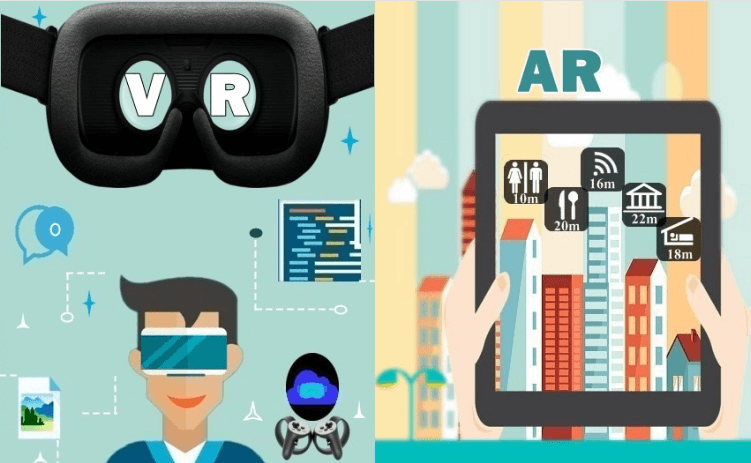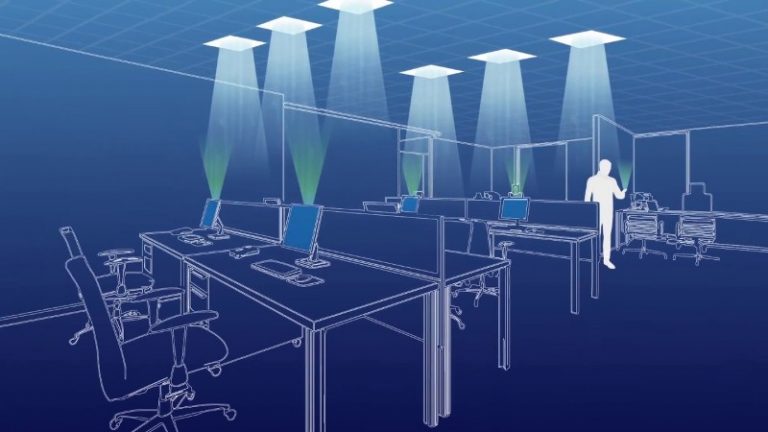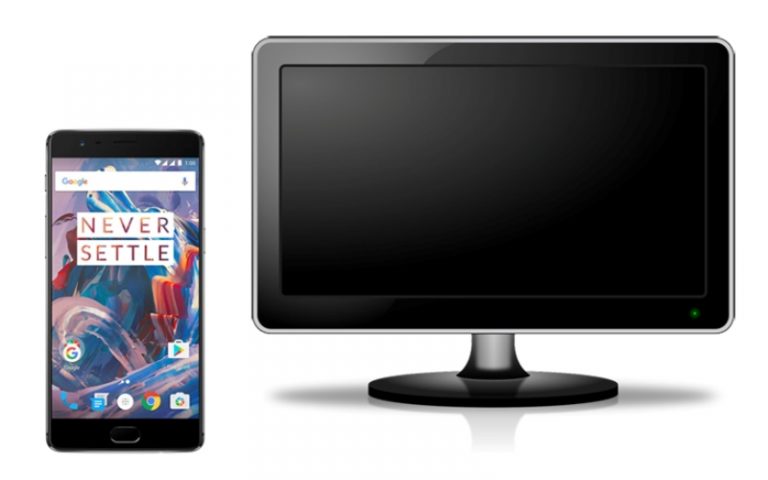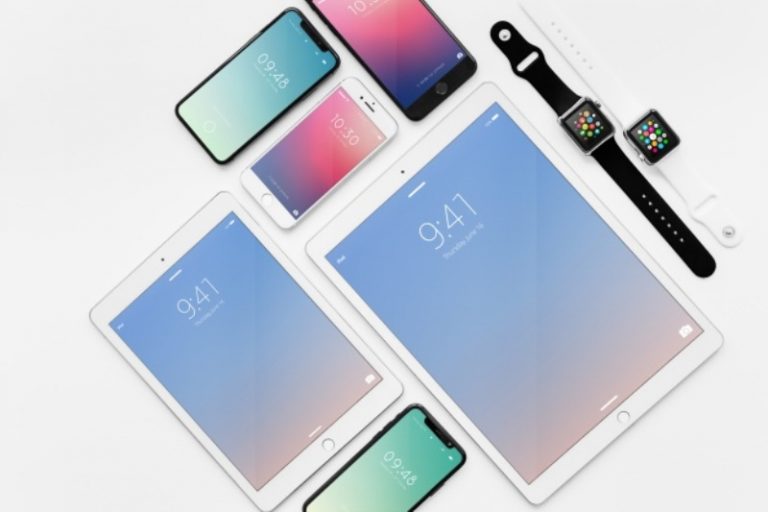One can now have the mid-range smartphone segment in India which is getting a bit of attention. Brands such as Samsung as well as Motorola are keeping the segment alive with some unique offerings. Xiaomi is in fact also preparing for the launch of Redmi K20 Pro which is set to succeed its popular Poco F1 in the segment.
One can have a look at top smartphones in India under Rs 25,000.
Samsung Galaxy M40
This is priced at Rs 19,990, Samsung Galaxy M40 as it is one of the best mid-range smartphones in India. The latest Samsung smartphone does offer a triple-rear camera setup including 32-megapixel, 5-megapixel as well as 8-megapixel sensors. On the front, it has a 16-megapixel selfie camera. Powered by Qualcomm’s Snapdragon 675 processor, Galaxy M40 comes with 6GB of RAM. It has a 3,500mAh battery. In fact, these are some of the unique features of top smartphones in India under Rs 25,000.
One may also consider Galaxy A50 which has a similar set of specifications as well as design. The phone is available in India at a starting price of Rs 18,490.Xiaomi Poco F1
Xiaomi Poco F1
recently did see a big price drop in India. Now starting at Rs 17,999, Xiaomi Poco F1 is still one of the cheapest phones to offer Qualcomm Snapdragon 845 processor. Poco F1 is in fact now even cheaper than some of the popular mid-range phones including the latest Motorola One Vision and Samsung Galaxy M40. As far as specs go, Poco F1 does come with 6.18-inch full HD+ display, 12-megapixel and 5-megapixel AI dual cameras, 20-megapixel selfie camera, and up to 8GB of RAM and up to 256GB of built-in storage.
One can also wait for Xiaomi’s Redmi K20 Pro which has been launched in China last month. The phone does offer superior specifications including triple rear camera setup including 48-megapixel Sony IMX586 sensor and 13-megapixel wide-angle lens, 20-megapixel pop-up selfie camera, and 4,000mAh battery with 27W fast charging support.

Motorola One Vision
Motorola’s One Vision is available in India at Rs 19,999. The smartphone does offer unique 21:9 CinemaVision display with full HD+ resolution. It does sport a 6.3-inch screen protected by Corning Gorilla Glass. It also does feature a unique gradient color on the back. Powered by Samsung’s Exynos 9609 processor, Motorola One Vision has 4GB of RAM along with 128GB built-in storage. The phone does support expandable storage up to 512GB via a microSD card. The phone actually comes with dual-rear cameras including a 48-megapixel sensor as well as a 5-megapixel sensor.
Oppo F11 Pro
Oppo F11 Pro happens to be one of the well-designed phones in India. Priced at Rs 24,990, Oppo’s latest phone does come with 6GB RAM and 64GB in-built storage. Oppo F11 Pro also comes with a 6.5-inch FHD+ display with 19.5:9 aspect ratio. It has, of course, a 16-megapixel pop-up selfie camera up front. The smartphone is fuelled by a 4,000mAh battery with VOOC 3.0 fast charging support. The highlight of Oppo F11 Pro is the 48-megapixel rear camera with f/1.7 aperture.
Nokia 8.1 6GB RAM
Nokia 8.1 6GB RAM and 128GB storage variant are now indeed available on Amazon India for Rs 22,999. The Android One-based phone offers a full HD+ 6.18-inch PureDisplay. Powered by Snapdragon 710 processor, Nokia 8.1 does come with 12-megapixel and 13-megapixel rear cameras with ZEISS optics. It has a 20-megapixel selfie camera. The smartphone runs on a 3,500mAh battery.




















